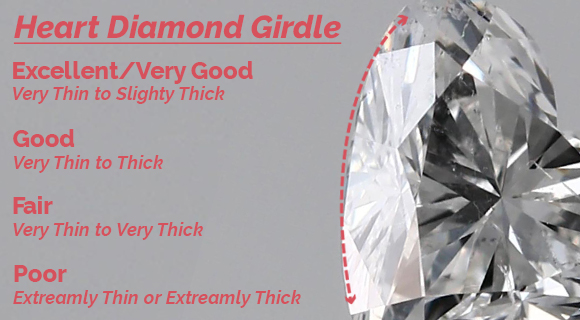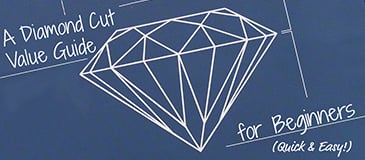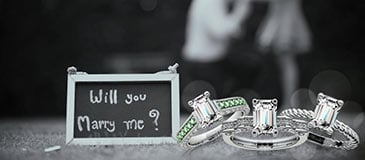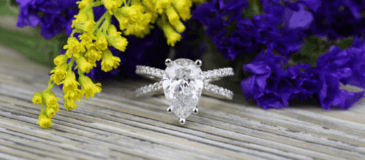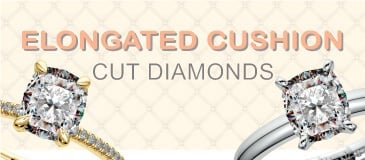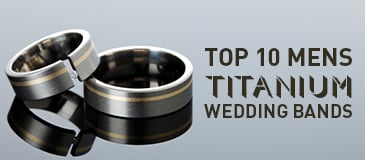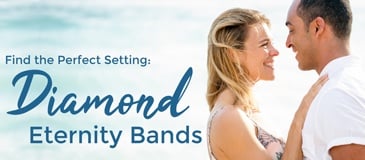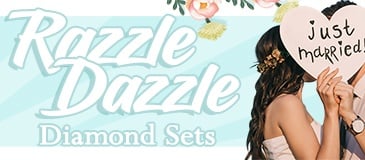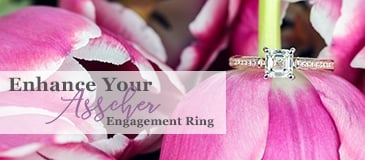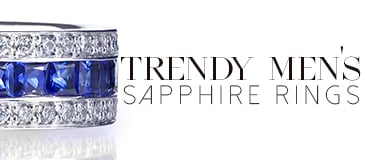The Ideal Dimensions for a Loose Heart Cut Diamond
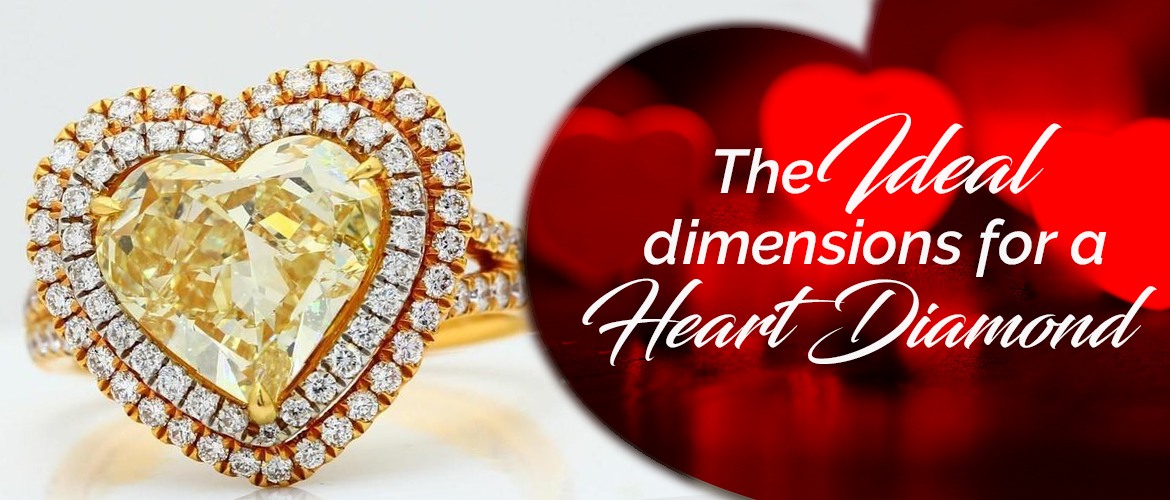
A heart cut diamond is a statement piece. It’s an unmistakable symbol of love and devotion, and a unique diamond that can’t be found in just any jewelry store.
Because it is an uncommon cut, however, you might not necessarily know what to look for when purchasing your loose heart cut diamond. What makes an “ideal” heart cut? What’s the proper depth of the diamond, or the best length to width ratio? What does diamond fluorescence mean and how does it affect the color? What carat size best shows off the shape of the heart cut?
Here are the core characteristics to consider if you want to ensure you’re getting the best value for your investment:



